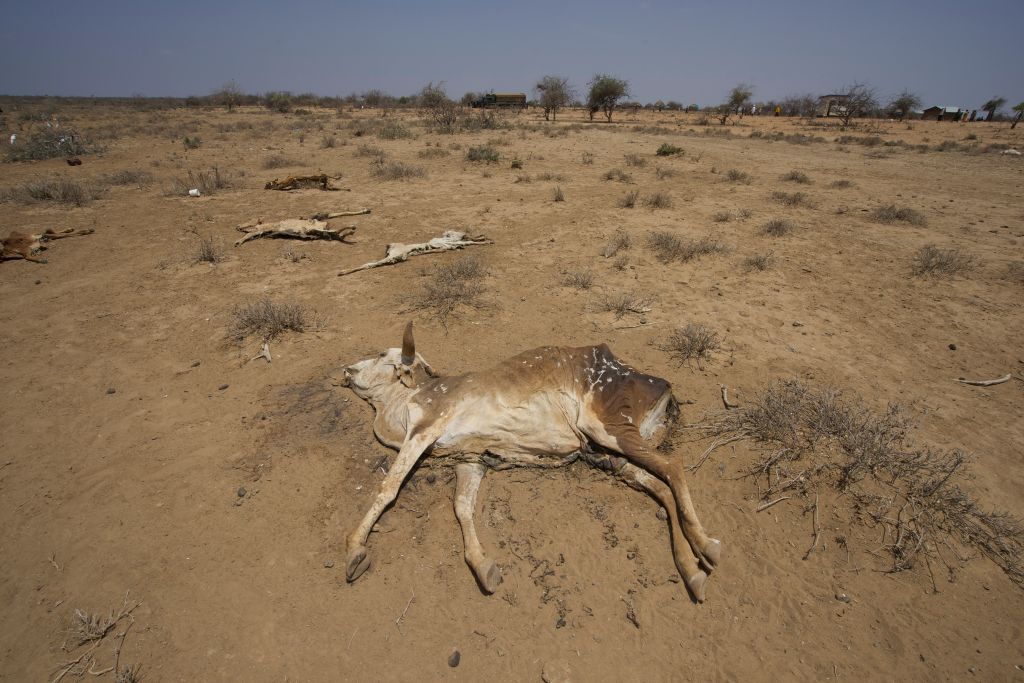
Report: Link between climate change, mortality rates in 3 African countries

Research published in “The Conversation” has established a correlation between high mortality rate and climate change in African countries like Kenya, Mali and Malawi.
The study, which investigated whether climate variability contributed to higher death rates in rural Kenya, Mali, and Malawi during 2008 and 2009, found that cold snaps increased mortality in Kenya, but reduced mortality in Mali and Malawi.
It argued that differences in geography and the general climatic conditions may explain the differences. Kenya’s topography includes mountainous regions, resulting in temperatures that can drop as low as 7.6 degrees Celsius.
Mali and Malawi, on the other hand, are largely flat, with minimum temperatures that remain much higher, respectively at 19.6 degrees Celsius and 13.24 degrees Celsius.
Excessive rain – which may lead to drowning and death – and droughts were associated with increased mortality in Kenya and Malawi. Droughts often exacerbate an already precarious food insecurity issue.
The report says that African countries are hit by far fewer natural disasters compared to the rest of the world. But interestingly they suffer much more.
In 2016 African countries were hit by 17% of natural disasters compared to other regions of the world but ranked third in the number of people who died or were displaced at approximately 31.8 million.
The Asian continent accounted for the most natural disasters at 47% but while disaster mortality in Asia has been decreasing, it has been rising in Africa.
Some of the reasons for this scenario include socio-economic and political factors, health, climate and geographical location.
High mortality rates in sub-Saharan Africa affect the region’s ability to achieve the UN Sustainable Development Goals (SDGs).
There have been a number of studies on causes of mortality in sub-Saharan Africa, including malnutrition, vector-borne diseases such as malaria and sexually-transmitted diseases such as HIV-Aids. None, however, have focused on the impact of climate change on mortality.
The study recommends policymakers to focus on climate change in relation to mortality rates in sub-Saharan Africa. With more adverse climate events such as heatwaves, cold snaps, droughts, floods and storms, mortality rates in sub-Saharan Africa are likely to increase.
That there should be early warning systems for floods and cold snaps to protect against these events in these countries.
The Governments should help people reduce over-dependence on farms through improved access to agricultural extension services, distributing drought-resistant crop varieties and installing irrigation systems.






